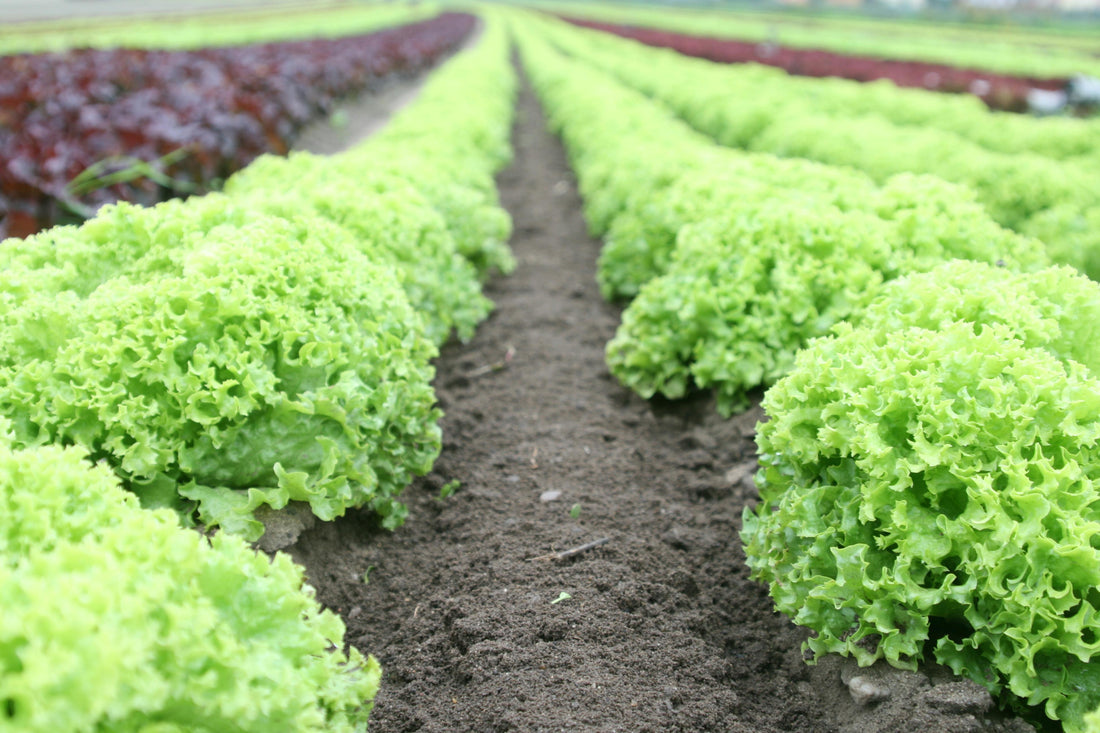Whether you're a seasoned green thumb or just beginning to dip your toes into the soil of the gardening world, understanding plant growth habits is essential for designing your garden, optimizing space, and ensuring the health and productivity of your plants. In this guide, we'll explore the various growth habits of plants and how this knowledge can enhance your gardening journey.
What Are Growth Habits?
Growth habit refers to the general shape and structure a plant naturally assumes as it grows. This characteristic is genetically determined and influences how a plant occupies space in the garden, interacts with its environment, and what kind of care it might need. Knowing a plant's growth habit can help you select the right plant for the right place, making your garden both beautiful and functional.
Common Growth Habits Explained
- Bush: Compact and self-supporting, bush plants are garden all-rounders. They're perfect for beds, borders, and even containers. Bush beans and many pepper varieties exhibit this neat, manageable habit.
- Vining: These plants are garden climbers, reaching for the sky with tendrils or stems that need support. Vining plants like cucumbers and pole beans are excellent for vertical gardening, saving valuable ground space.
- Climbing: Climbers, such as certain roses and clematis, use tendrils, suckers, or other methods to cling to and ascend structures. They're ideal for covering trellises, fences, and walls, adding height and drama to garden designs.
- Ground Cover: These low-lying plants spread across the soil surface, providing excellent coverage, weed suppression, and soil moisture retention. Ground covers like sedum and creeping thyme are both practical and decorative.
- Upright: Tall and majestic, upright plants often serve as focal points. With a tendency to grow skywards, plants like sunflowers and foxgloves add structure and interest to any garden.
- Spreading: With a horizontal growth pattern, spreading plants like squash require more room but reward you with abundant harvests. They're perfect for large garden plots or raised beds.
- Rounded: Naturally forming a globe-like shape, rounded plants are aesthetically pleasing and often require little pruning. They fit beautifully in formal and informal garden designs alike.
- Columnar: These vertical growers are space-savers. With their narrow form, columnar plants like Italian cypress are excellent for tight spaces, hedges, or as dramatic entranceway plants.
- Rosette: This attractive growth pattern, where leaves form a circular arrangement, is typical of many succulents. Rosette-forming plants are excellent for rock gardens, containers, and as ground covers.
- Trailing: Cascading gracefully, trailing plants are perfect for hanging baskets and over wall edges. Their flowing nature adds softness and movement to garden spaces.
Planning Your Garden with Growth Habits in Mind
Armed with knowledge of plant growth habits, you can now plan your garden with precision:
- Use vertical space with climbers and vining plants.
- Optimize ground cover to suppress weeds and retain soil moisture.
- Incorporate upright and columnar plants for structure and height.
- Fill in with bush, rounded, and spreading plants for bulk and productivity.
- Accentuate with rosette and trailing plants for texture and visual interest.
Understanding and utilizing plant growth habits in your garden planning allows for a more strategic approach to gardening. It helps in creating spaces that are not only visually appealing but also highly functional. So, the next time you're selecting plants, pay close attention to their growth habits. It might just be the key to unlocking the full potential of your green oasis.

